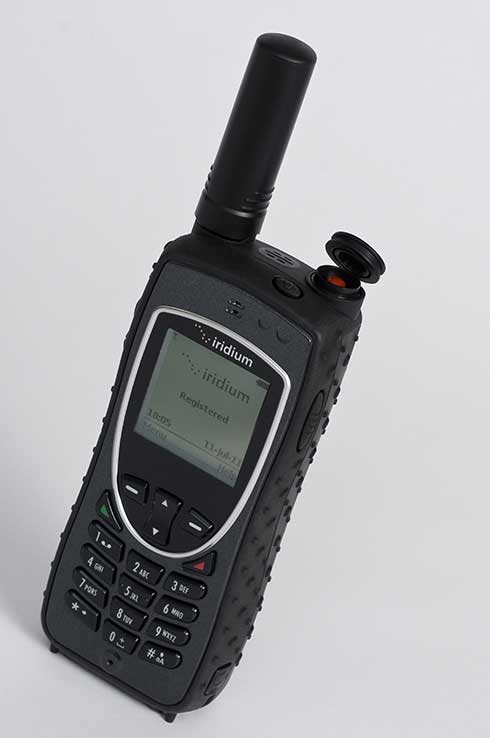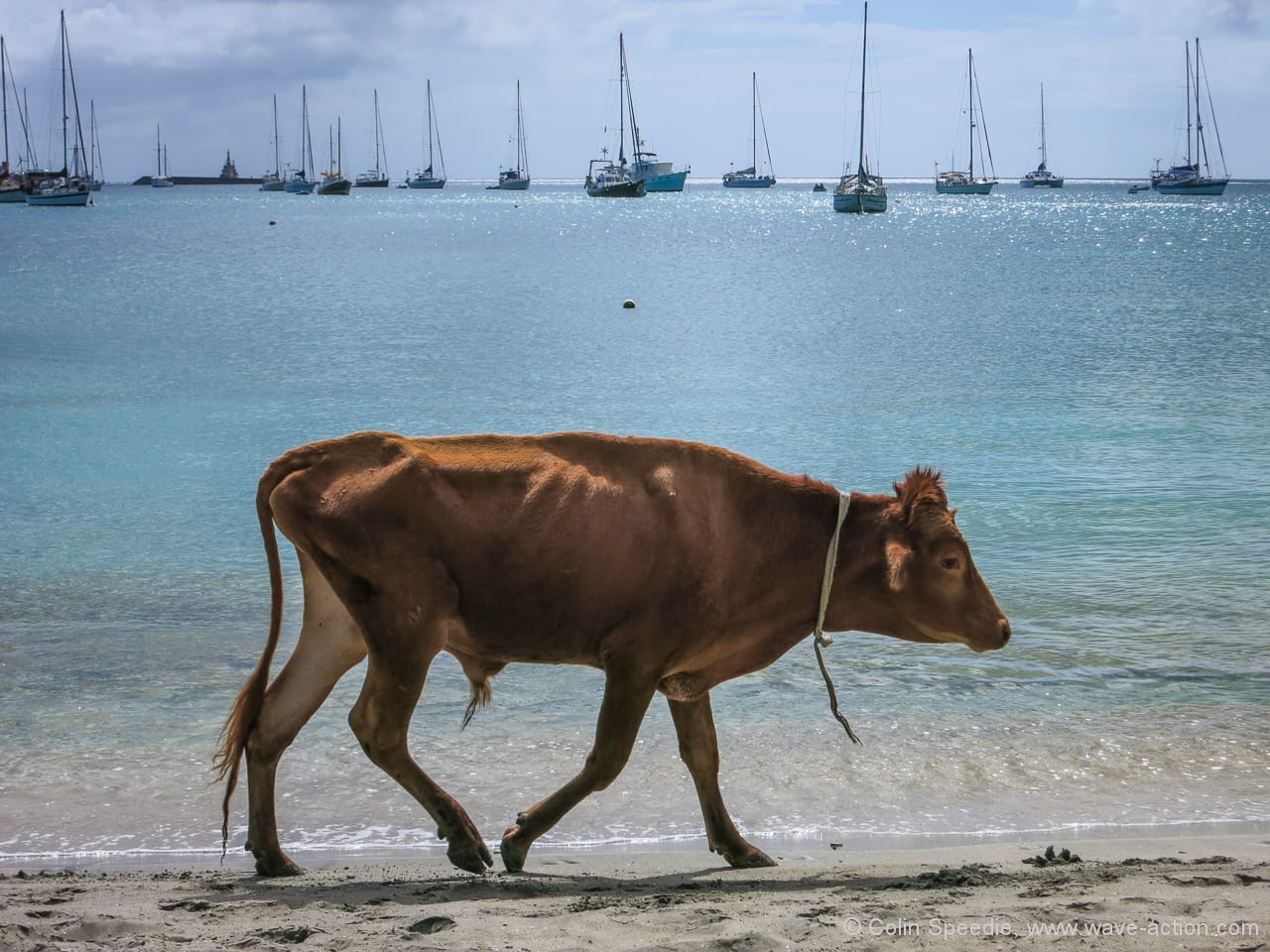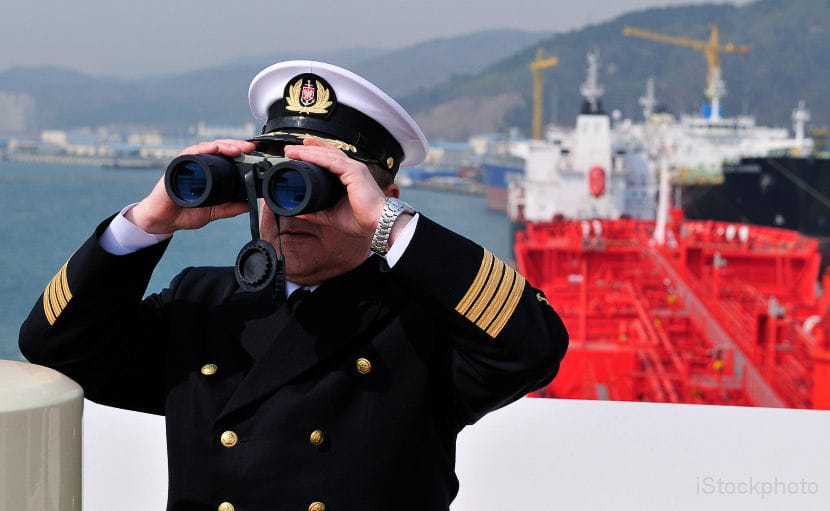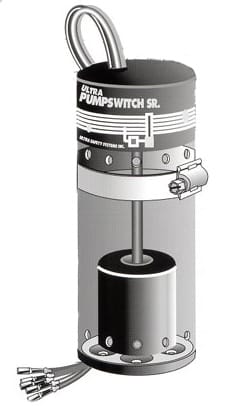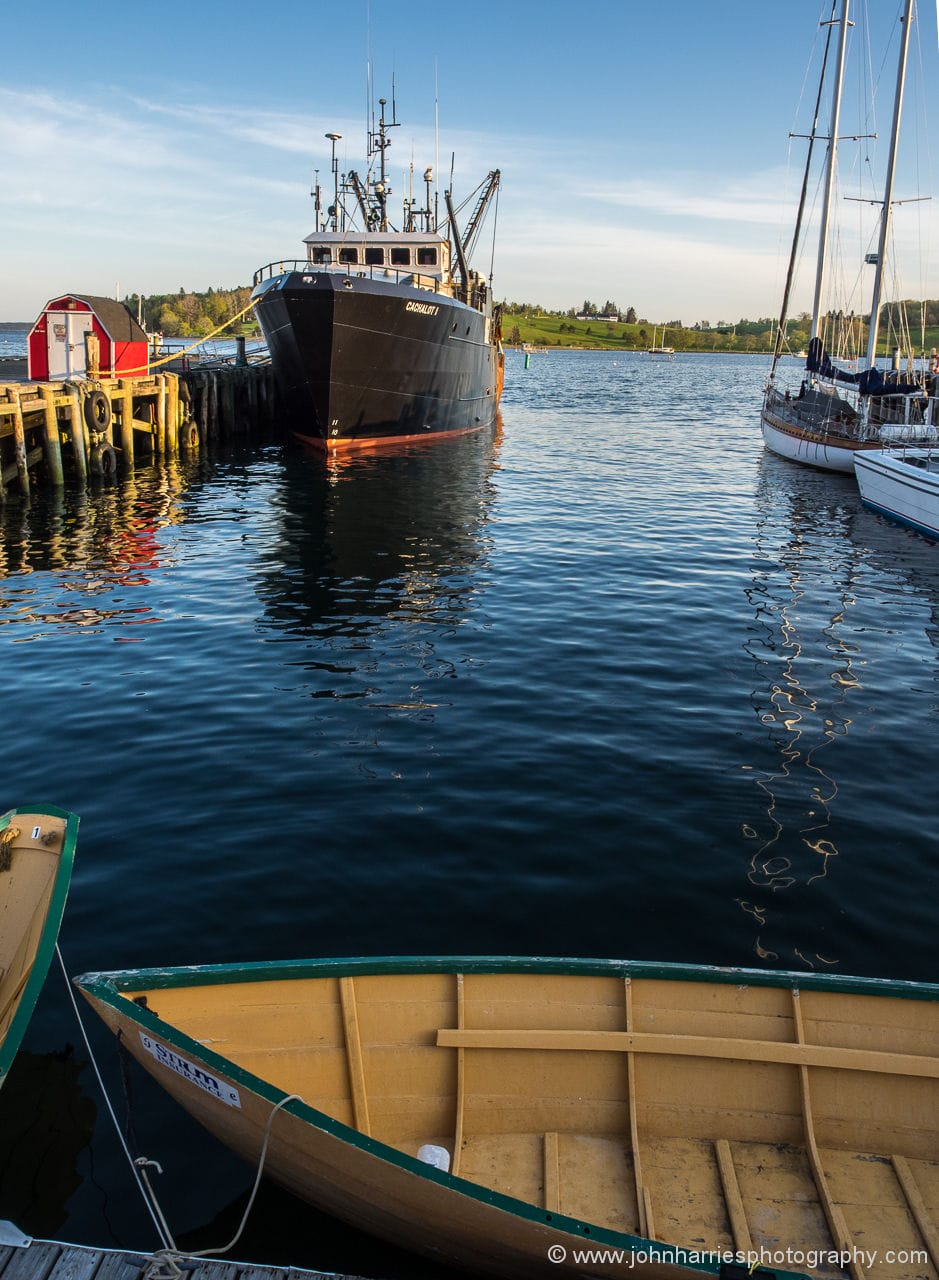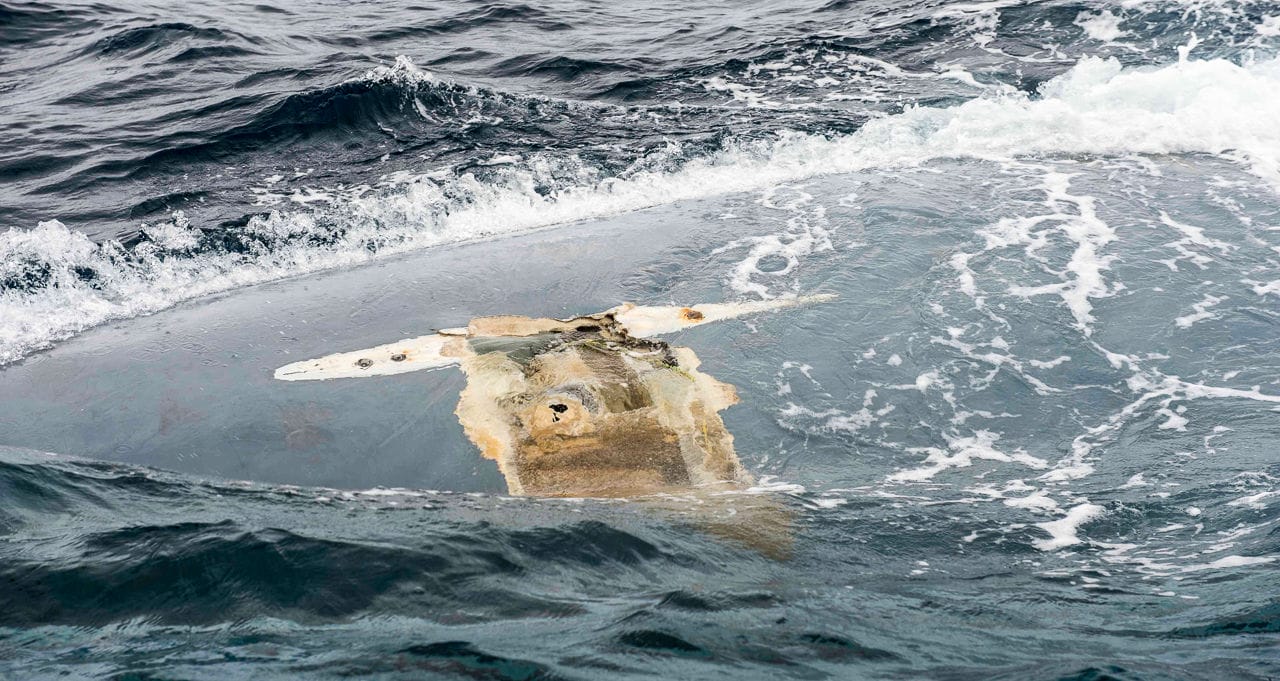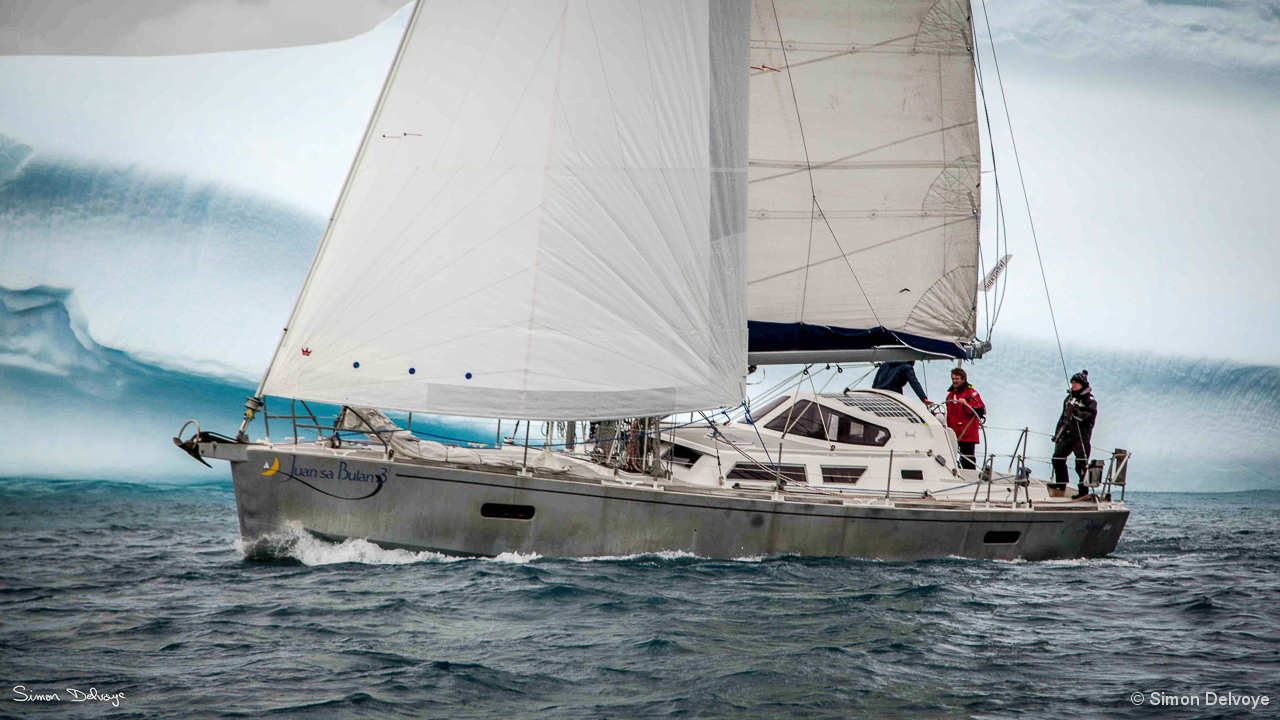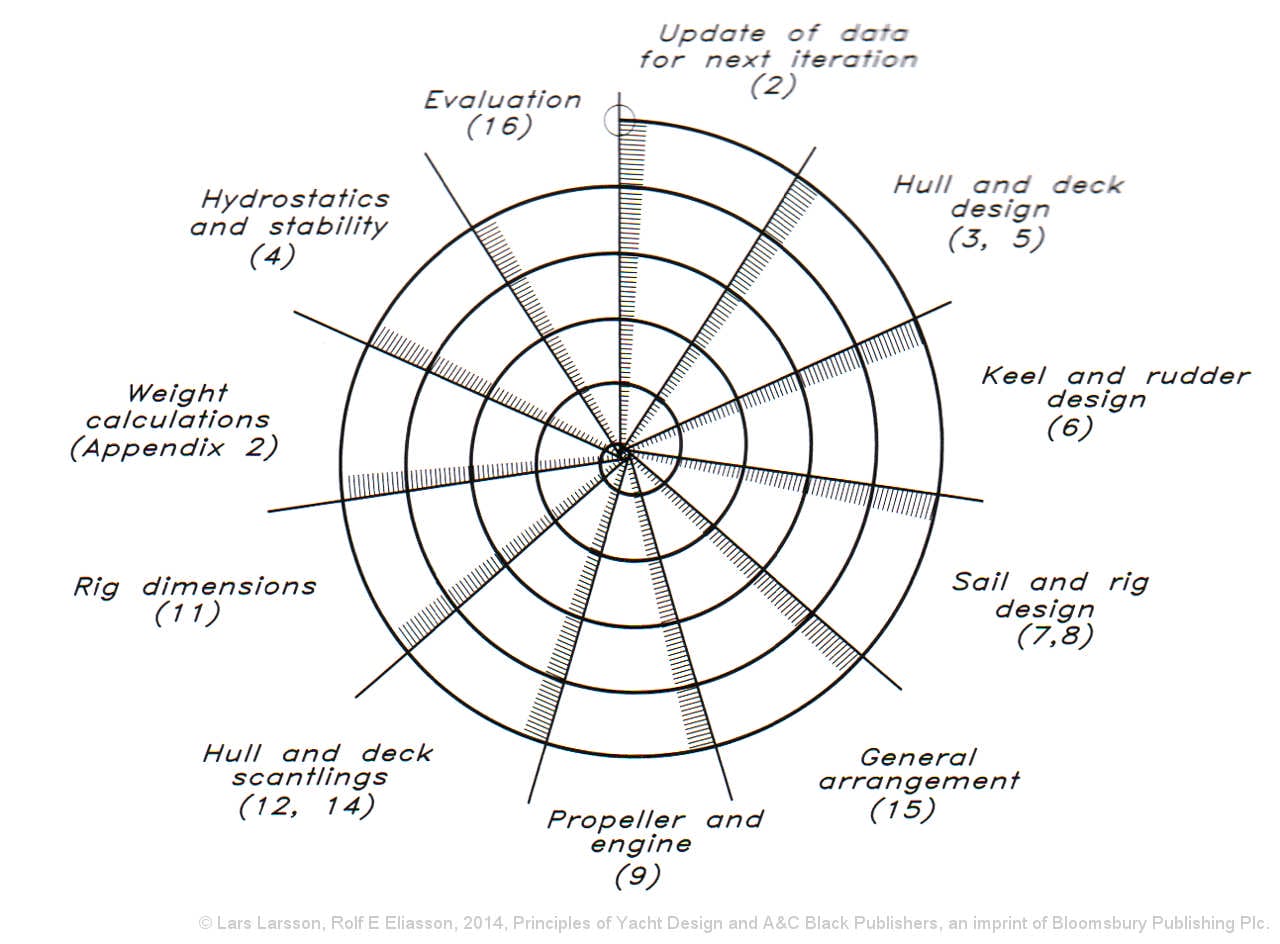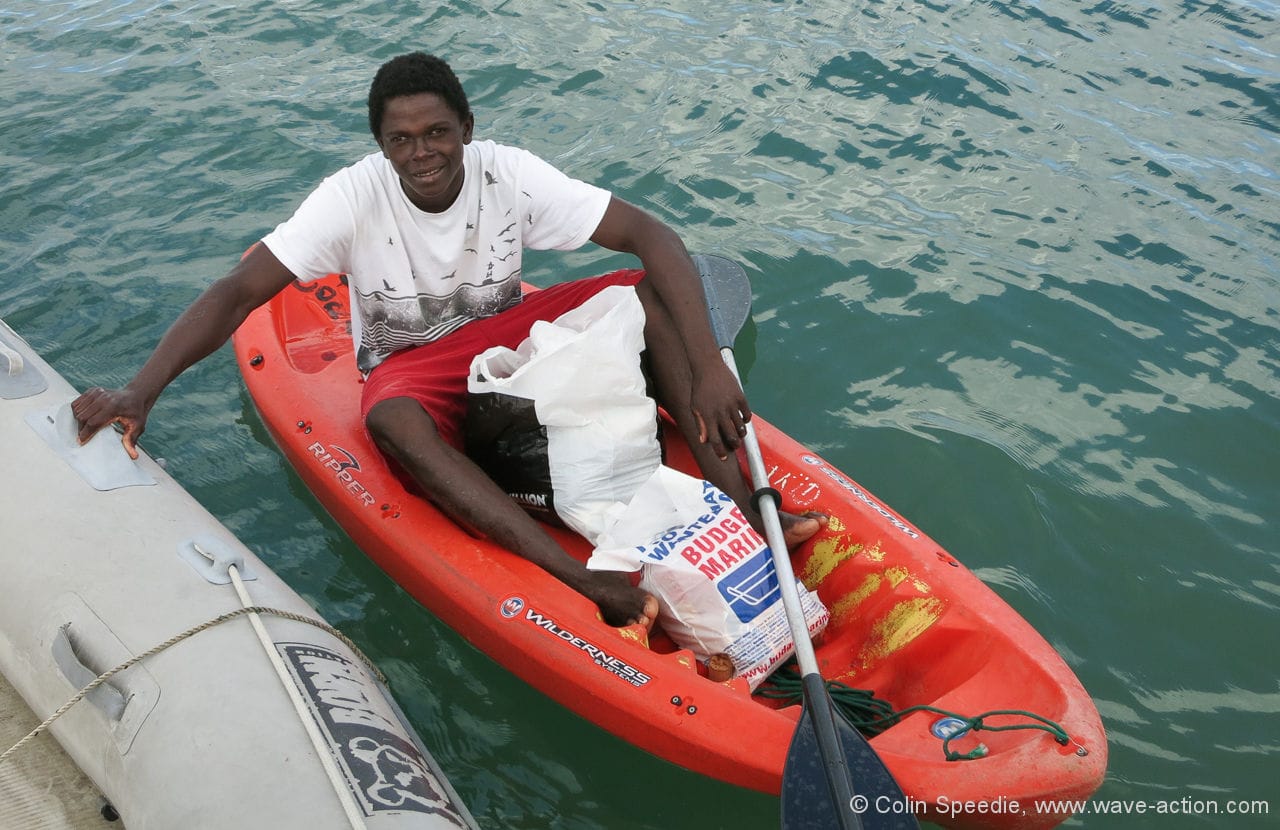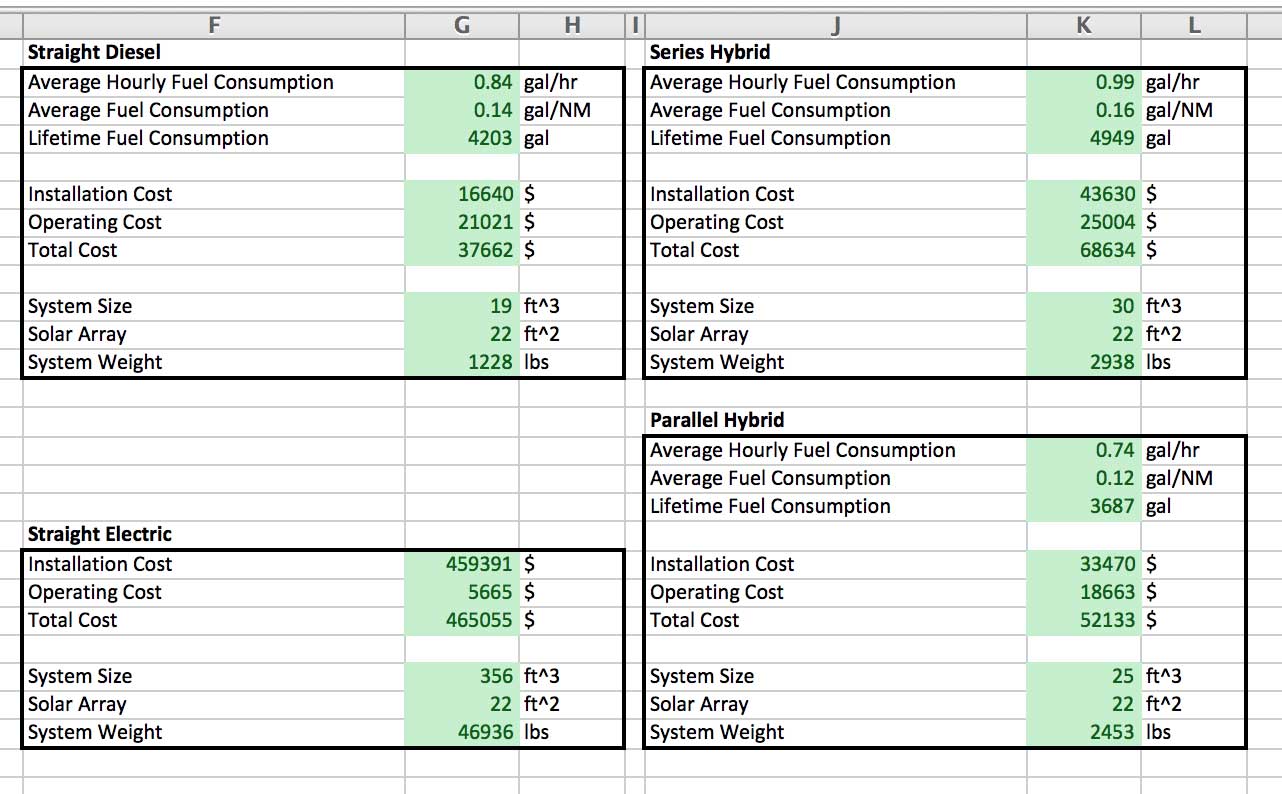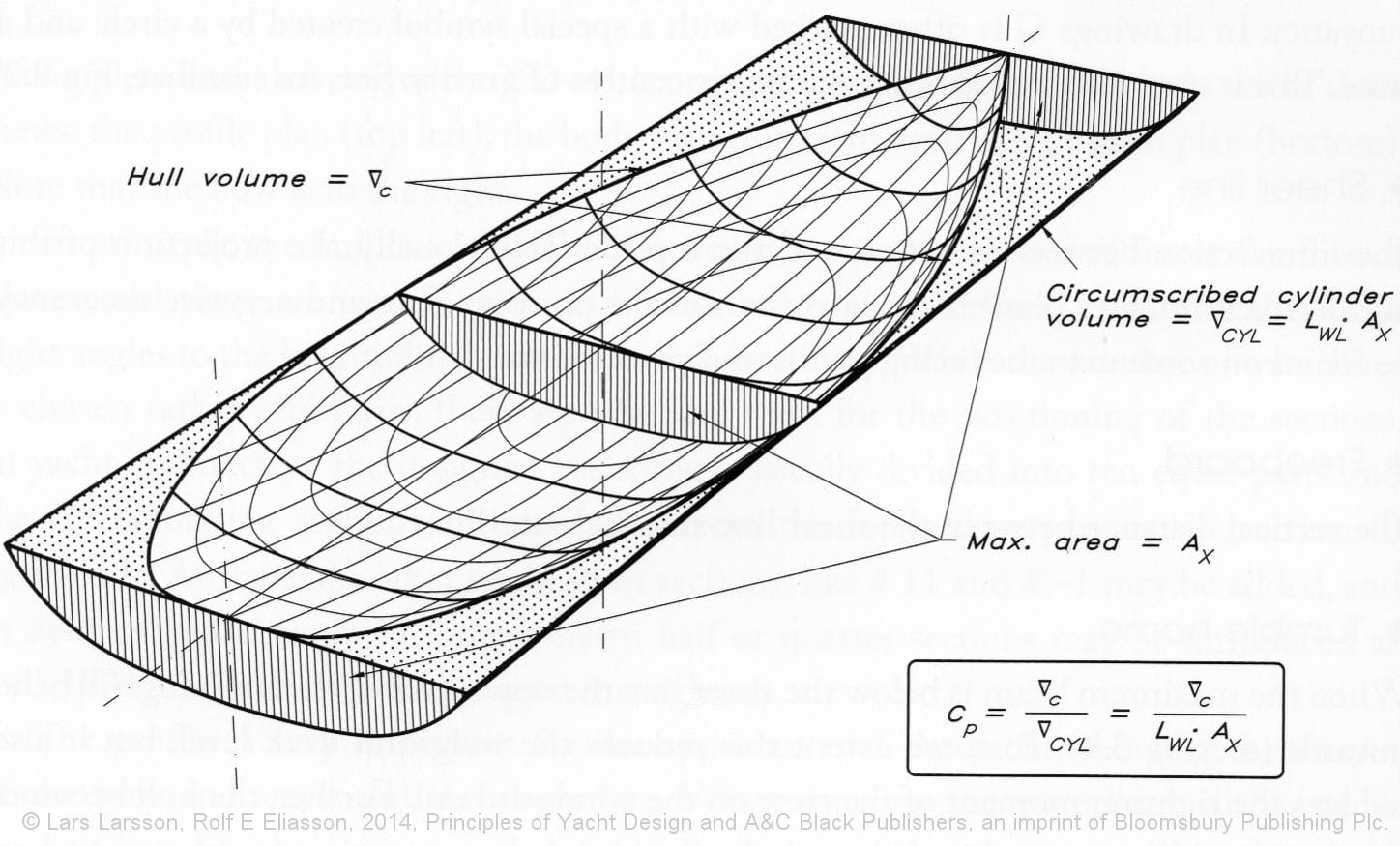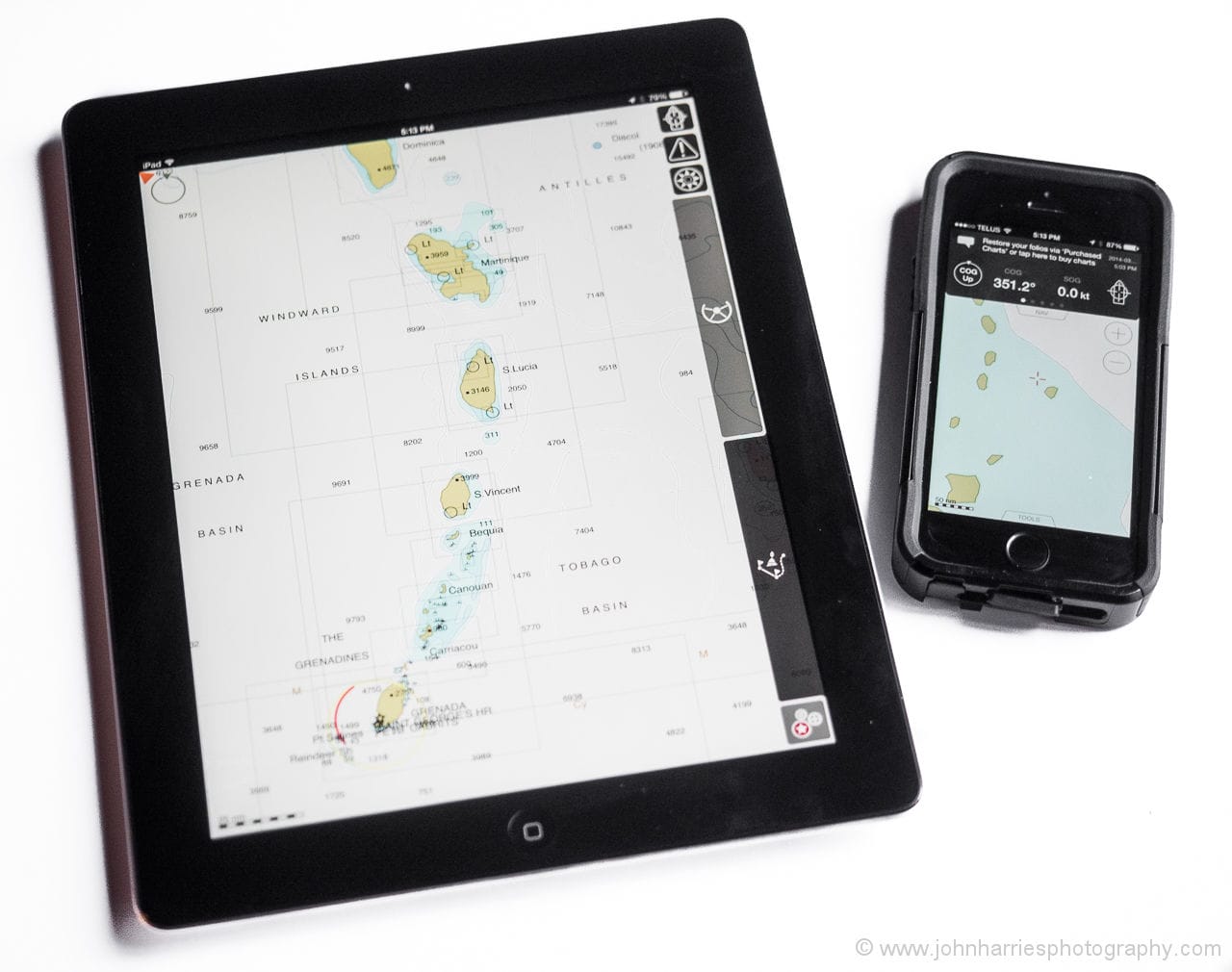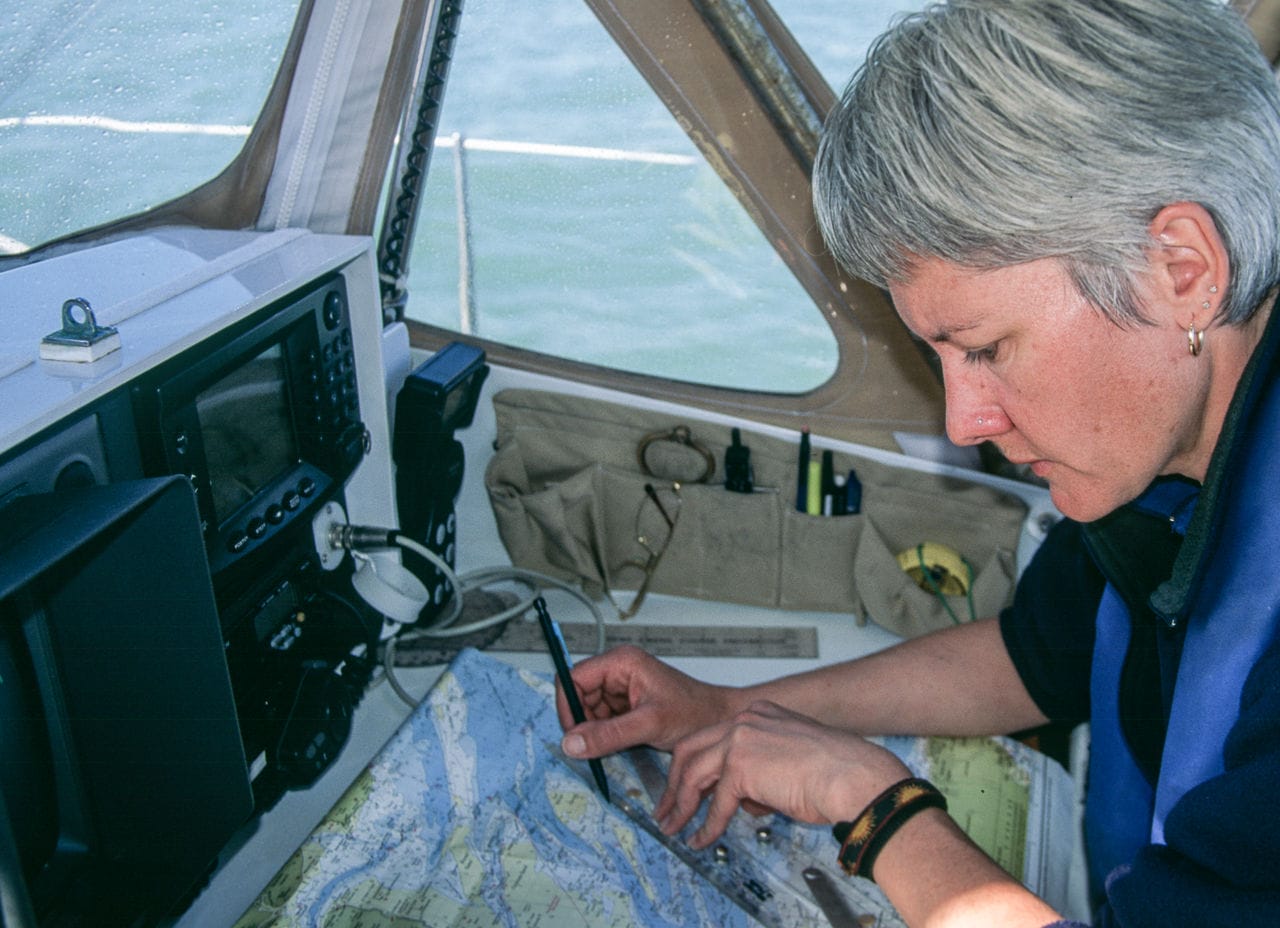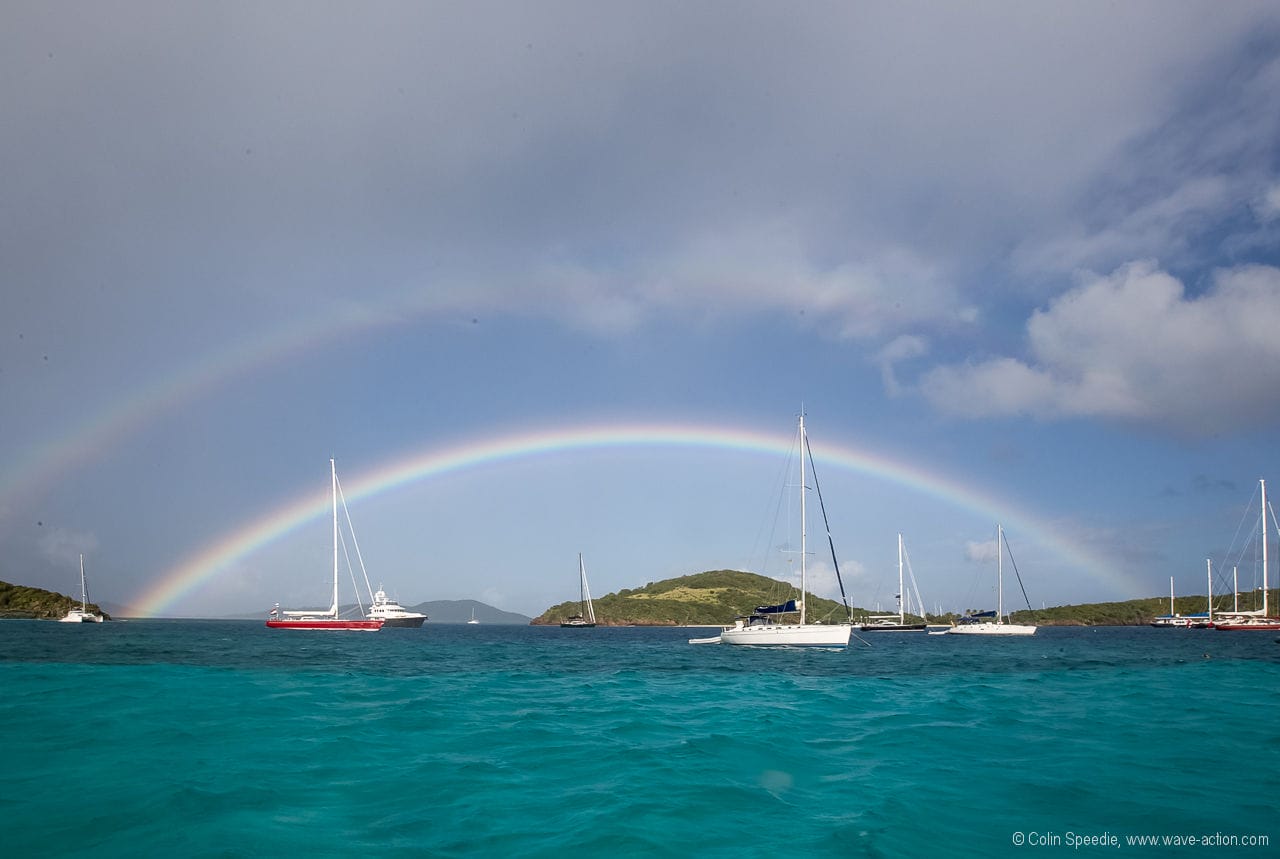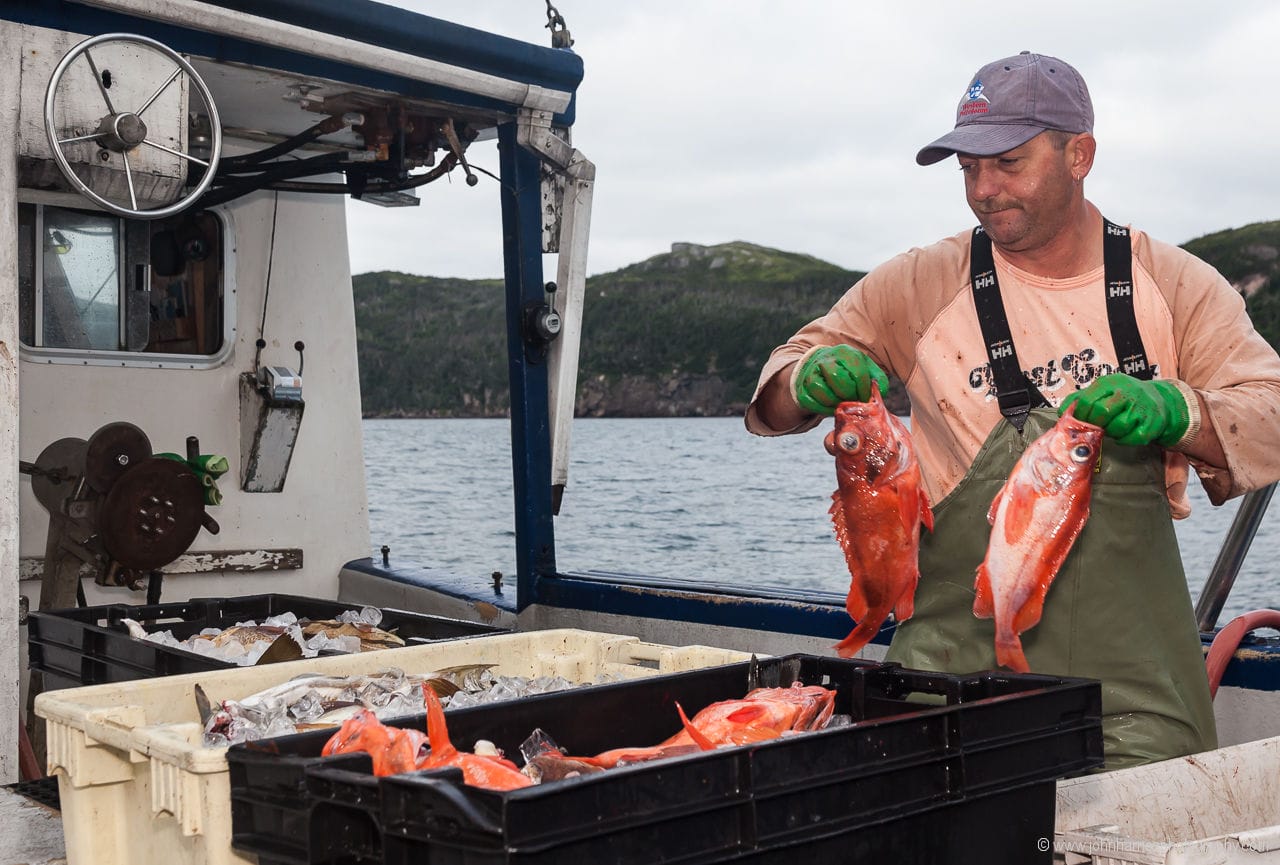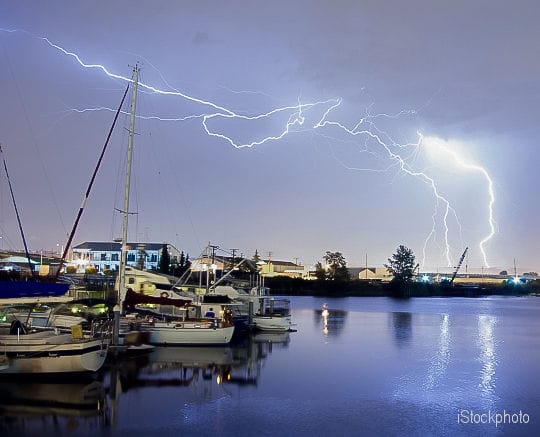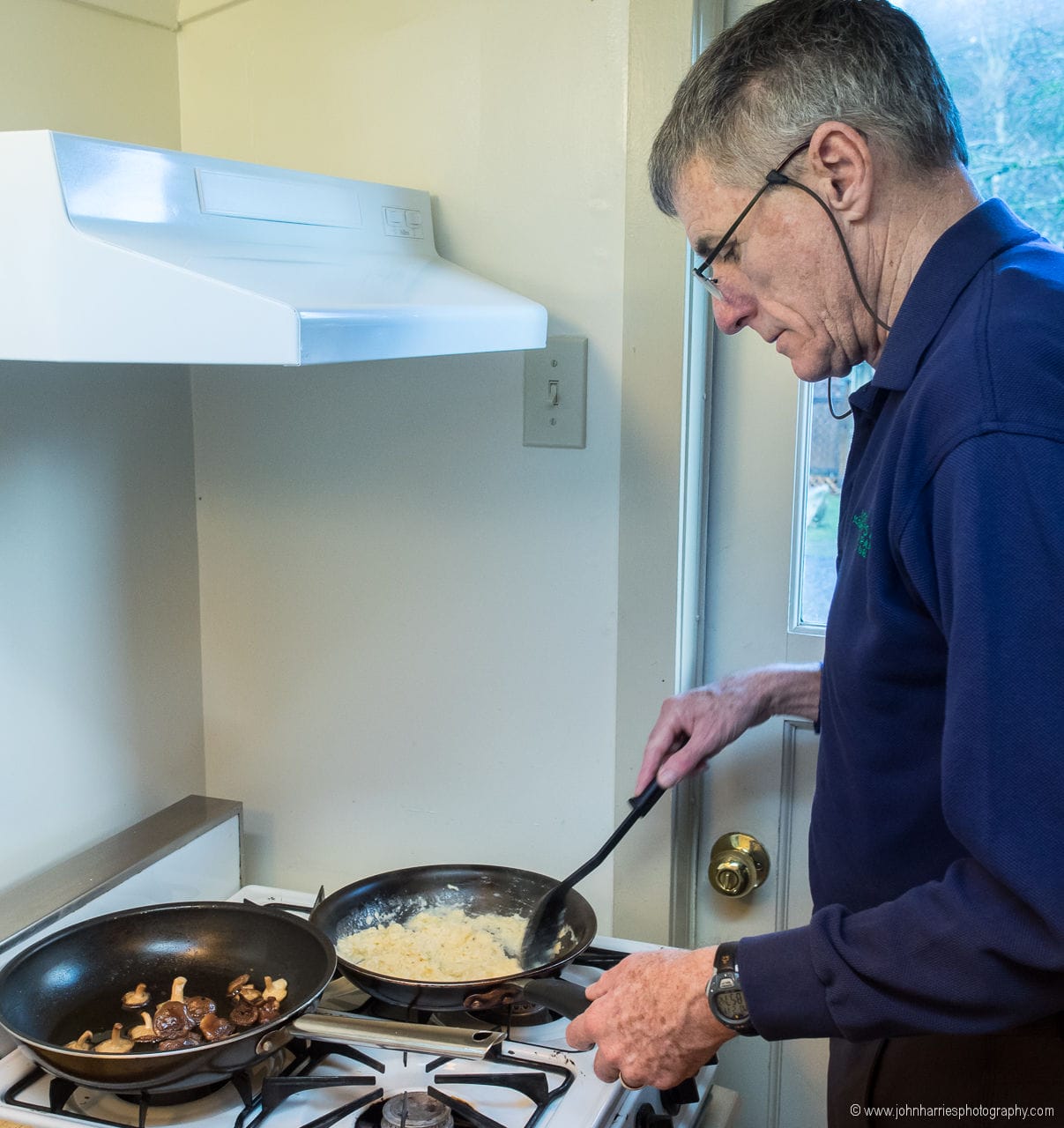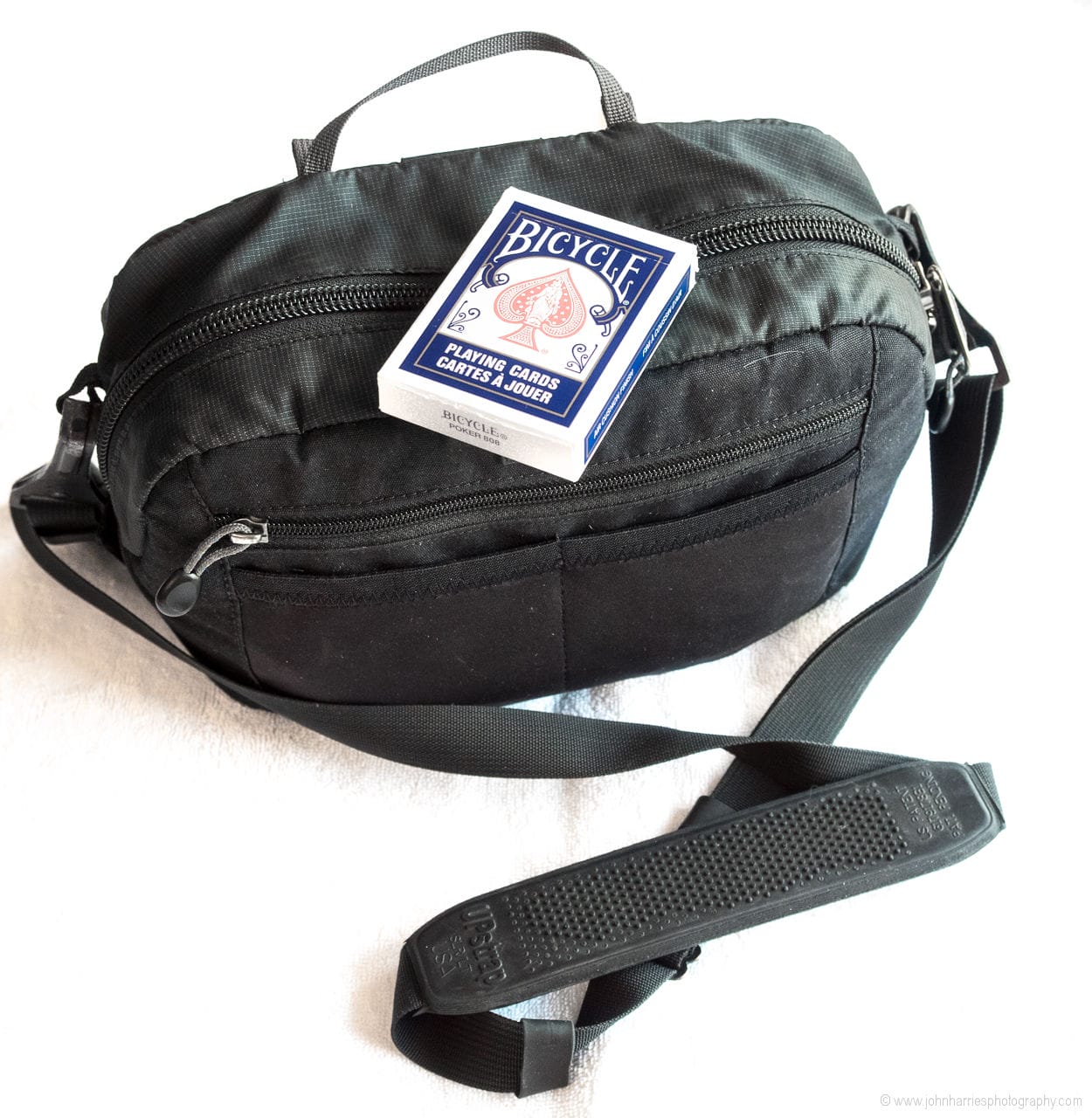-
HF SSB Radio or Iridium Satellite Phone?
83 CommentsReading Time: 6 minutesFreeRead more: HF SSB Radio or Iridium Satellite Phone?What hardware should we buy for receiving weather information and other communications? In this chapter I take a look at the two main options, HF SSB and satellite phone, and make some recommendations.
-
Far From The Maddening Crowd*
13 CommentsReading Time: 5 minutesFreeRead more: Far From The Maddening Crowd*Colin’s clear and insightful summary of their season cruising the Windward Islands of the Caribbean. This is the real story on this popular cruising destination from a deeply experienced voyager.
-
We Are Not “Captains”
111 CommentsReading Time: 2 minutesFreeRead more: We Are Not “Captains”This post is going to get me in all kinds of hot water, but I just can’t stand it any more. I tried to ignore it, I really did, but it’s no good, I have to say something. What’s making me crazy is the current fashion for recreational mariners, particularly on VHF radio, to call each other […]
-
The World’s Best Bilge Pump Switch
13 CommentsReading Time: 2 minutesMembersRead more: The World’s Best Bilge Pump SwitchOne of the best pieces of gear we can fit on a cruising boat.
-
Lunenburg, Nova Scotia—An Evening On The Waterfront
8 CommentsReading Time: 4 minutesFreeRead more: Lunenburg, Nova Scotia—An Evening On The WaterfrontJohn presents Lunenburg in a good light—both in words and pictures.
-
“Cheeki Rafiki” Tragedy, Time For Changes
121 CommentsReading Time: 8 minutesFreeRead more: “Cheeki Rafiki” Tragedy, Time For ChangesThoughts on the tragic loss of Cheeki Rafiki. One of the most difficult posts I (John) have ever written.
-
The Long Ocean Road To South Georgia—Part II
9 CommentsReading Time: 7 minutesFreeRead more: The Long Ocean Road To South Georgia—Part IIPart 2 of Colin’s story about a man who designed and built his own boat and then sailed her to one of the toughest voyaging destinations in the world. Don’t miss this inspiring read.
-
Loss of Yacht “Tao”
79 CommentsReading Time: 5 minutesMembersRead more: Loss of Yacht “Tao”Analysis of the abandonment of the French yacht Tao. The disaster started with a capsize, as yacht losses so often do. And while researching the weather at the time, I discovered something interesting…
-
Five Quotes To Voyage By
8 CommentsReading Time: 2 minutesFreeRead more: Five Quotes To Voyage ByWriting our High Latitude Voyaging course materials reminded me of four great quotes that really apply to cruising, and then I added one. Also a quick report on our activities at Boreal.
-
The Long Ocean Road To South Georgia—Part I
33 CommentsReading Time: 8 minutesFreeRead more: The Long Ocean Road To South Georgia—Part IColin’s story about a man that dreamt of building a great boat…and did.
-
20 Myths About Offshore Sailing
39 CommentsReading Time: 2 minutesFreeRead more: 20 Myths About Offshore SailingI’m constantly amazed by the number of accepted “facts” about offshore sailing that, when subjected to rigorous analysis, turn out to be wrong. Here are 20 such myths.
-
Do We Need A Generator?
68 CommentsReading Time: 3 minutesMembersRead more: Do We Need A Generator?It’s a surprisingly simple decision governed by only four criteria.
-
The Boat Design Spiral
6 CommentsReading Time: 3 minutesFreeRead more: The Boat Design SpiralDesigning an offshore cruising boat is an iterative process with many steps.
-
Us And Them
19 CommentsReading Time: 9 minutesFreeRead more: Us And ThemBoat Boys in the Eastern Caribbean. Now there’s a subject to rouse passionate debate in any group of cruisers. Colin does his usual insightful and sensitive job of exploring the issue, along with some great tips for dealing with the practitioners of that trade.
-
Real Numbers For Electric And Diesel-Electric Drives
71 CommentsReading Time: 3 minutesMembersRead more: Real Numbers For Electric And Diesel-Electric DrivesAn easy to use spreadsheet that makes deciding if a diesel-electric, or all electric, drive is a good option for your boat.
-
Five Ways That Bad Boats Happen
60 CommentsReading Time: 10 minutesMembersRead more: Five Ways That Bad Boats HappenBuying a poorly designed boat is one of the most costly and heart breaking mistakes anyone can make. But maybe if we understand how bad designs come to be, we can avoid that.
-
An Astronaut’s Guide To Life On Earth
5 CommentsReading Time: 3 minutesFreeRead more: An Astronaut’s Guide To Life On EarthWhen non-sailors ask John and me what it’s like to live on a sailboat, we often equate it to being in a spaceship, as in the sailboat being a self-contained entity immersed in an environment that’s hostile to human life. But is our analogy correct? What do we actually know about life in a spaceship?
-
John’s Thoughts & Photos, March 2014
13 CommentsReading Time: 2 minutesFreeRead more: John’s Thoughts & Photos, March 2014The publishing team here at AAC world headquarters is ready for spring. We have some other news too.
-
Paradise Found—or Lost?
13 CommentsReading Time: 6 minutesFreeRead more: Paradise Found—or Lost?Sad to leave Grenada, Lou and Colin carry on up the island chain, with stops at St. Vincent and the Grenadines and the Tobago Cays.
-
Bottomfeeder
12 CommentsReading Time: 3 minutesFreeRead more: BottomfeederAs an ocean sailor, or an aspiring one, we are sure you are as concerned as we are about the rampant overfishing of the world’s seas. But there is some good news: you can eat fish sustainably and avoid dosing yourself with horrible industrial toxins at the same time. Learn how from this book.
-
Protecting Against Lightning Strikes
81 CommentsReading Time: 8 minutesMembersRead more: Protecting Against Lightning StrikesLightning strike! Just the words can make us cruising sailors, who sail around the ocean with the highest thing in hundreds of square miles sticking up above our heads, nervous. In this chapter Matt, AAC Engineering Correspondent, will help you understand how lightning strikes happen and what you can do to reduce the associated risks.
-
Great Things About Voyaging—We Don’t Have to Travel
25 CommentsReading Time: 2 minutesFreeRead more: Great Things About Voyaging—We Don’t Have to TravelIt’s funny…people we meet often assume that Phyllis and I are great travelers. And it’s easy to see how they might come to that conclusion. After all we have spent most of the last 20 years moving from place to place around the Atlantic rim. But actually nothing could be further from the truth.
-
The Ultimate Cruiser Camera
57 CommentsReading Time: 8 minutesFreeRead more: The Ultimate Cruiser CameraIf you are serious about telling the story of your travels and voyage in images, this post, about the best camera I have every used, is for you. And, for those not interested in the ultimate travel photographer’s camera, with the price to match, I have some thoughts about alternatives.

